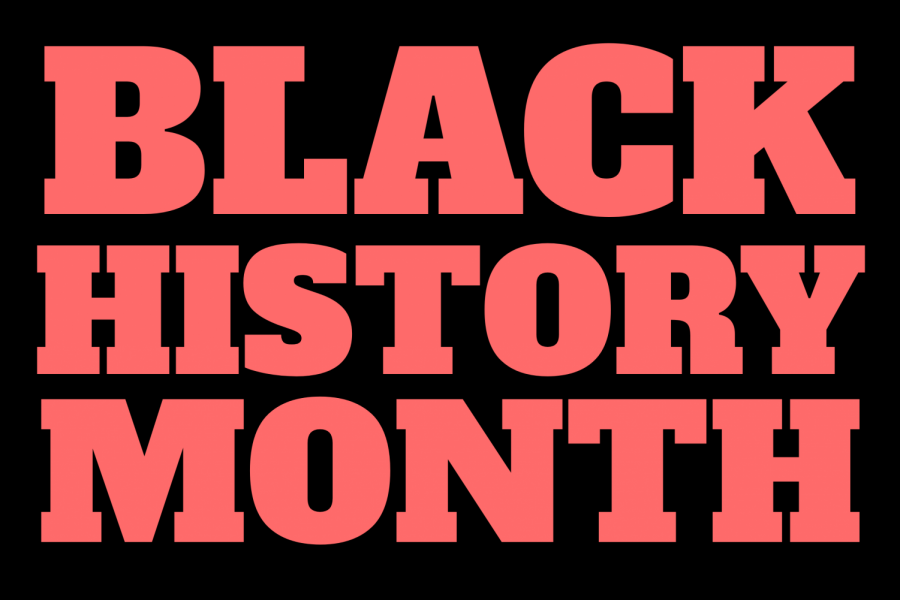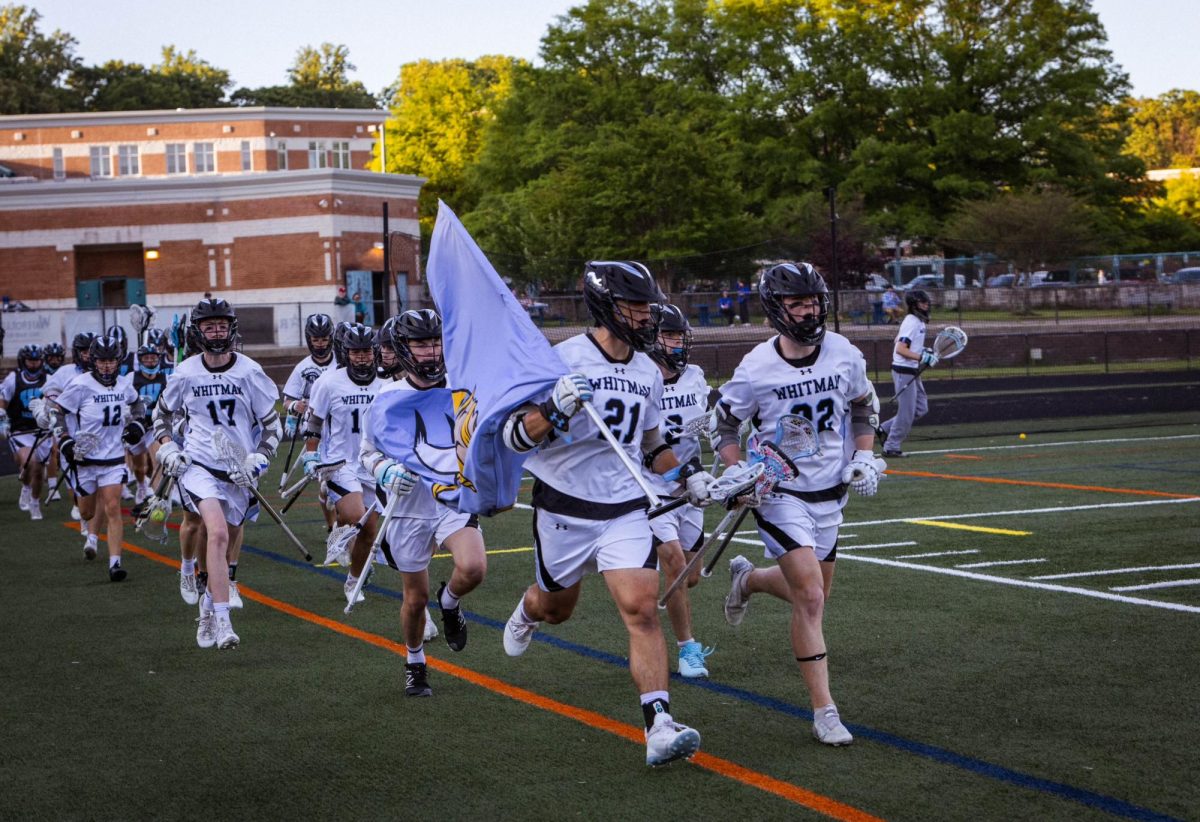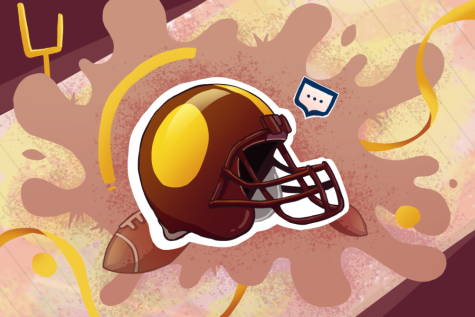Celebrating Black History Month in our community
February 25, 2020
The roots of Black History Month date back to 1926, when historian Carter G. Woodson and the Association for the Study of Negro Life and History named the second week of February “Negro History Week,” set to coincide with both Frederick Douglass’ and Abraham Lincoln’s birthdays. Now, almost 100 years later, the single week has grown into an entire month.
Black History Month serves as a reminder of our country’s turbulent racial history and sets aside time to celebrate the accomplishments and contributions of African American people to our society.
Throughout February, organizations in the DMV host a number of annual events. The Parks and Recreation Department of Arlington, Virginia held its annual Feel the Heritage Festival on Feb. 29th to celebrate the area’s rich African American history, and the Association for the Study of African American Life and History held its annual Black History Lunch with speakers Feb. 22 at the Washington Renaissance Hotel. In addition, the African American History Museum is celebrating the month with weekly chef’s tables — where the museum invites prominent African American chefs to put together and serve special menus.
As Woodson first established in the 1920’s, each year, Black History Month is assigned a theme to help focus the public’s attention on a specific issue. This year, the ASALH dedicated the month to “African Americans and the Vote,” calling attention to the centennial of the Nineteenth Amendment, which granted women the right to vote and the 150th anniversery of the Fifteenth Amendment, which gave black men the vote.
Counselor Shalewa Hardaway says that this year’s theme shows students the power of their voice.
“Students were the ones to make [the Civil Rights Movement] happen,” Hardaway said. “It’s showing you as students that you can make a change, you can make a difference.”
In schools, Black History Month reminds students and teachers to celebrate the often underreported achievements of black Americans. Students in the Black Student Union spent most of February discussing and creating the program for Whitman’s annual African American history assembly, which was held on Feb. 12 this year.
Up until last year, the school didn’t have an assembly to celebrate Black History Month. After the success of last year’s assembly, BSU member Skylar Johnson said club members felt it was important to make the event annual. The assemblies allow the student body to celebrate the parts of African American culture and history that are rarely mentioned, Johnson said.
Earlier this month, students in the BSU began discussing what they wanted to include in the assembly. Last year, the assembly had performances by drumline and the chamber choir, as well as poetry recitations from several students. This year’s program consisted of Whitman’s jazz band, a quartet performance of the black national anthem “Lift Every Voice and Sing,” a poetry recitation from assistant principal Phillip Yarborough and a historical seminar from
Artura Jackson on this year’s theme of suffrage.
Junior Lily Muchimba, a member of the BSU, said that the assembly last year is what made her interested in joining the club.
“I had never seen anything like that,” Muchimba said. “It means everything to have the Black Student Union and that community because people outside the community can empathize with you when it comes to racism, but they will never fully understand.”
Johnson said that this year’s assembly had more student participation and staff involvement compared to past years. With Hardaway’s help, the assembly’s program was more structured, Johnson said.
“The assembly isn’t just for one audience,” Johnson said. “The main goal is to inspire and educate every student and strengthen the feeling of unity and respect at our school.”
Academically, Black History Month can give English and history classrooms the opportunity to more directly tackle issues relating to race.
For ninth graders, February brings the To Kill a Mockingbird unit in English classes; teachers use the book to teach students about the life of African Americans in the Jim Crow South. English teacher Elizabeth Keating said that while she teaches the book, she encourages students to consider how they can relate the racial tensions in the book to contemporary issues.
“The nature of Jim Crow laws are sort of removed from students,” Keating said. “But while these issues may not seem flagrant to our students, they still exist in our society and we can’t just pretend they don’t.”
English teacher Omari James said that in his AP English Language classes, there are a few readings related to race that are given extra attention for discussion in the curriculum. In general, however, a lot of the diversification in the curriculum is only a half measure — an issue that can be especially notable during Black History Month, James said.
“It’s important for all of us to hear about the achievements of African Americans,” Hardaway said. “It’s not just black history, it’s American history.”







